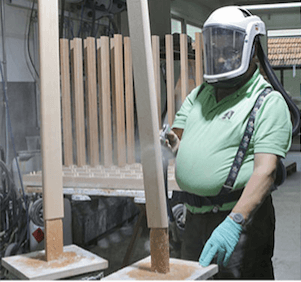Wood surface treatment.
Wood surface treatment. naturally protected.
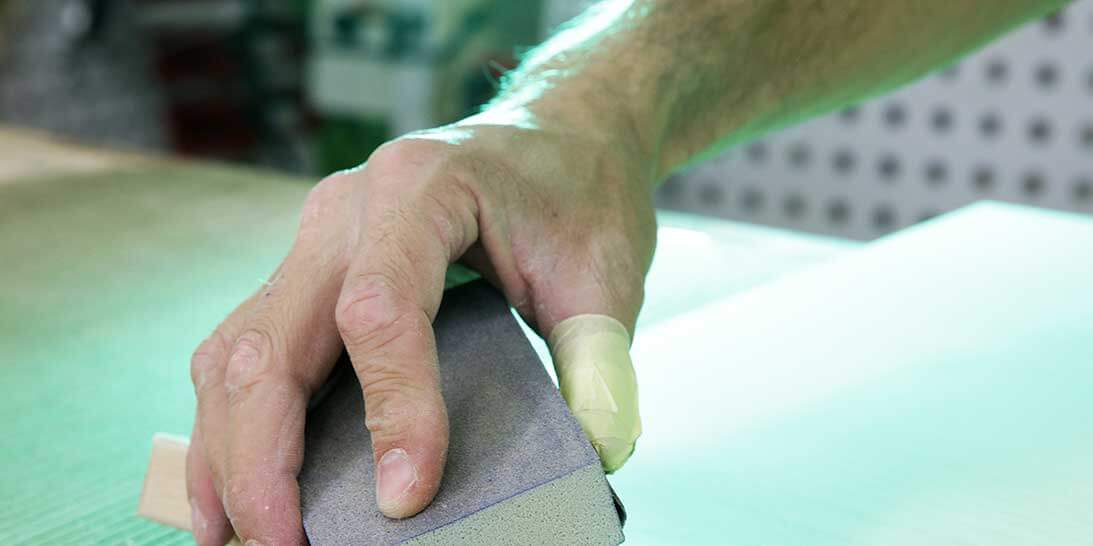
WHY DOES THE WOOD SURFACE NEED TO BE PROTECTED?
Thanks to the treatment of the wood surface, it is protected against natural, mechanical and chemical influences. The choice of surface treatment depends on the wear and tear and the intended use.
The objectives of wood surface treatments are as follows:
- Protection of the surface against mechanical stress, chemicals, staining because of light and heat.
- Protection of the wood from the strongly varying air humidity and from moisture
- Protection of the wood against vermin and plant pests.
- Protection of the surface against unhygienic dirt deposits
- Alteration of the wood colour
- Intensification of the colour tone (staining) and enhancement of the natural shine of the wood
- Creating fashionable surface effects (e.g., high gloss)
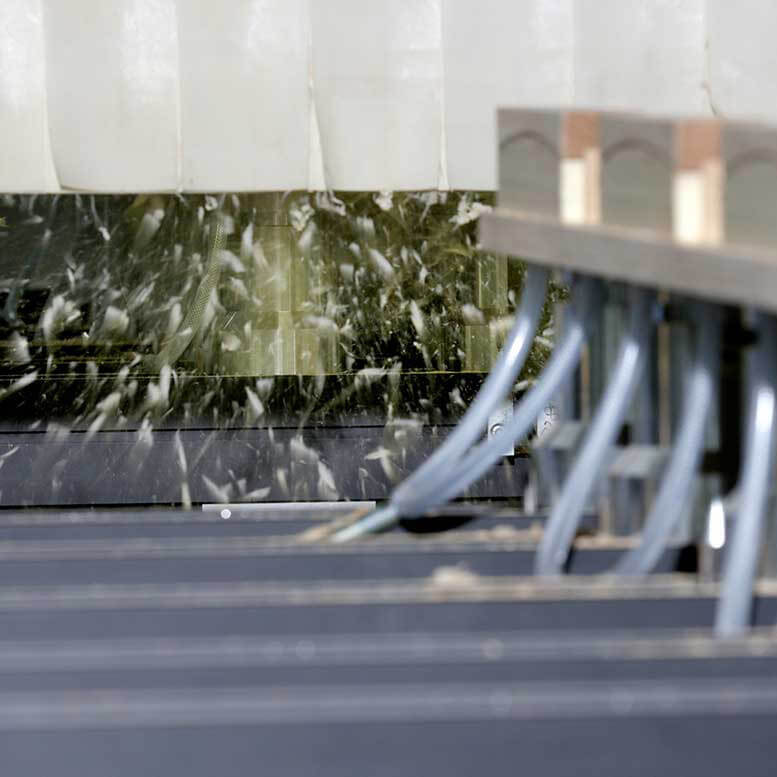
INDIVIDUALLY AND EFFICIENTLY
There are various options available for surface treatment. The most common methods are staining, lacquering, oiling and waxing. However, there are many other ways to treat the surface of wood, such as soaping, smoking or bleaching. In combination with mechanical pre-treatments such as brushing or even sandblasting, very decorative effects can be achieved.
Modern spray booth and five Air-Mix spray devices
Thanks to our modern spray booth (60 m2) and the five Air-Mix spray devices, a great variety of varnishes, coatings and stains can be applied. We usually use two-component coatings (so-called DD coatings) so the surface remains resistant. But oil or wax finishes have sharply increased over the last year. To meet our high-quality requirements, we oil and wax surfaces manually. This allows us to respond to customers’ individual wishes and implement these immediately.
We offer the following surface treatments as standard:
COATING - with colours or clear lacquers
When it comes to lacquering, we basically distinguish between colour lacquering and lacquering with clear lacquer. Most surfaces of solid wood furniture are treated with clear lacquer, without colour pigments
Unlike in the past, matt lacquer is now often used instead of gloss lacquer, with this the difference to oiled surfaces is hardly noticeable. Lacquer treatment is used when the product is frequently used and needs special protection. The varnish forms a film on the wood surface. This lacquer film has a high abrasion resistance and chemical resistance so that dirt and liquid cannot penetrate to the wood. Lacquers usually have good light resistance and are used where high resilience and moisture resistance are important: e.g., stairs, kitchen, bathroom, public facilities, tables, and stressed furniture.
When varnishing with paint, a distinction is made between open-pored varnishing, where the pores of the wood are still visible despite the varnish, and closed-pored varnishing, where concealing the wood structure is desired.
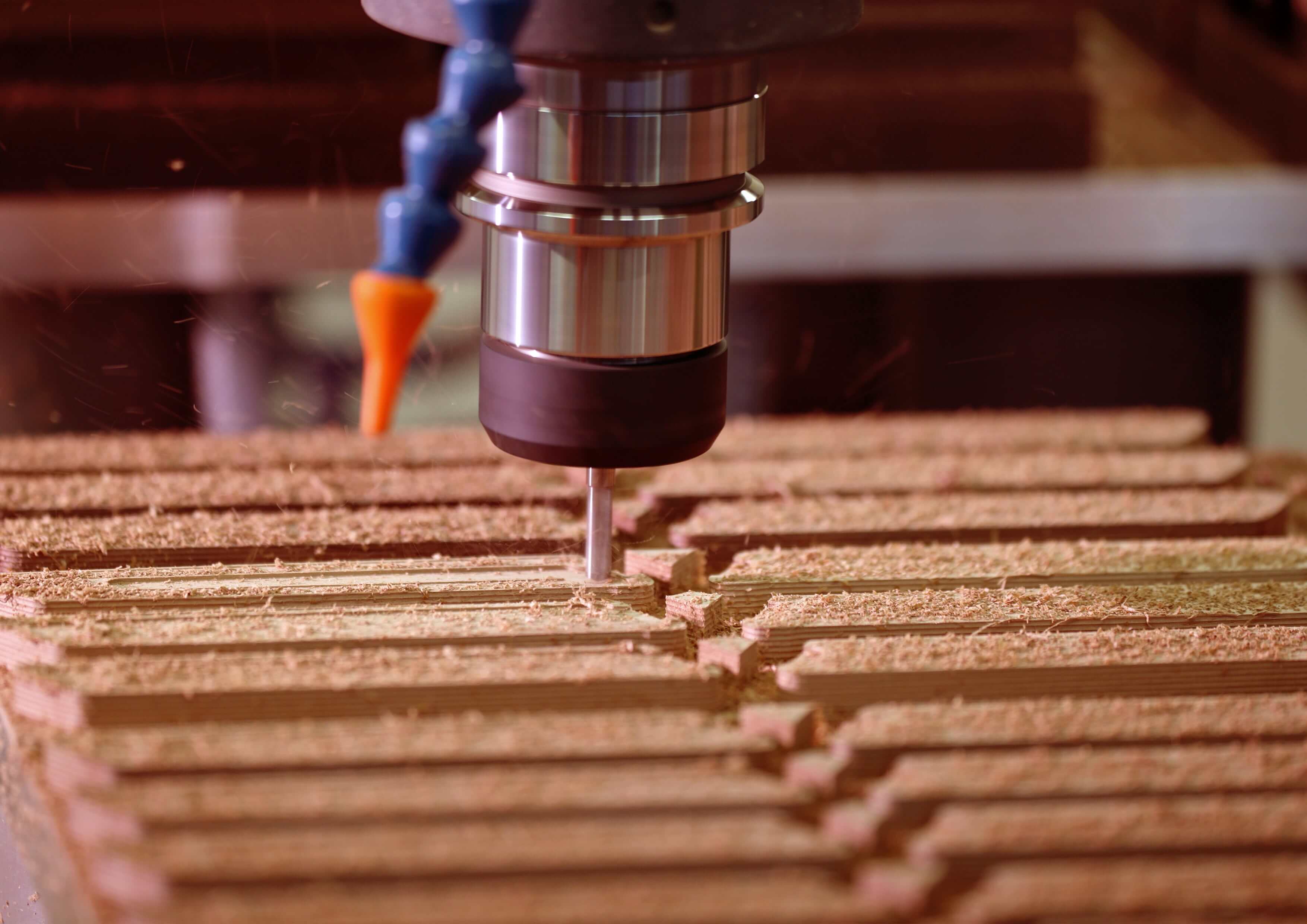
OILING - for a velvety surface.
When treated with oil, the colours and grain of the wood are emphasised and become apparent after treatment. In addition, the wood retains its natural feel through oiling. Unlike varnish, which forms a layer on the outside of the wood, oils penetrate the wood. The natural appearance and texture of the wood are thus preserved. In the meantime, more and more hard oils are being used, which penetrate the wood and at the same time form a film on the surface which then hardens. Nevertheless, they are by far not as resistant as lacquers.
For solid wood, it is recommended to apply the oil several times so that the wood remains resistant and well protected against moisture and scratches for a long time. If the surface is too worn at some point, you can sand it down and treat it again. Please note, however, that the decision to oil the wood is final. Once the wood has been treated with oil, varnish will no longer hold well on the surface. Even sanding will no longer help.
Today, oils are available in various shades, which can be an alternative to stained and lacquered treatments.
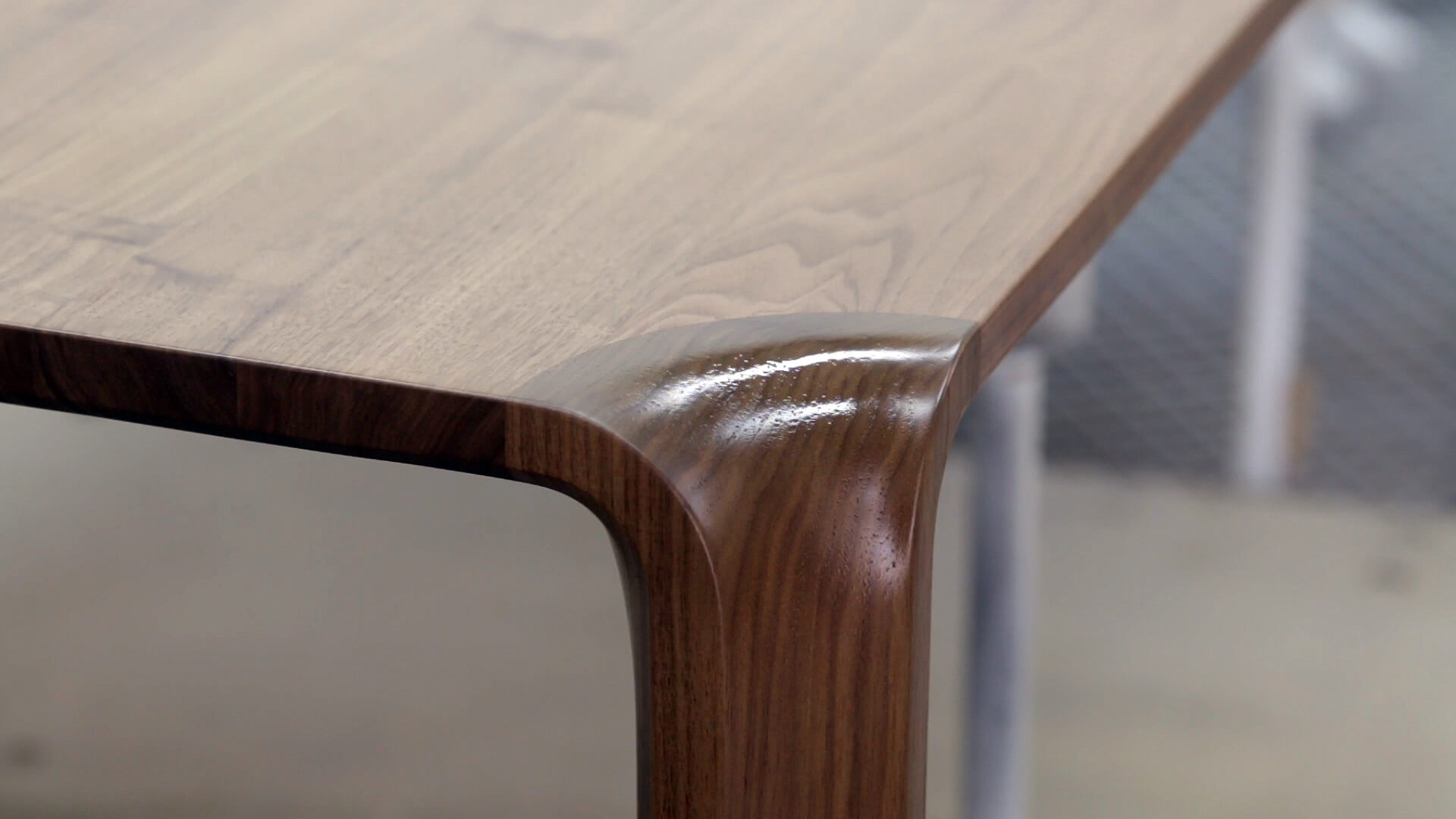
STINCHING - enhances the colour and grain of the wood.
Stain is used when you want to change the colour of the wood surface without covering the wood grain. It emphasises the grain and thus makes the surface even more visually interesting. Stains are often brown, but are also available in colours such as yellow, orange or red. However, they do not protect the wood. Wood stains are therefore usually used in combination with a clear varnish. A subsequent treatment with oil or wax is also possible.
As mentioned before, other treatment options are available on request.
